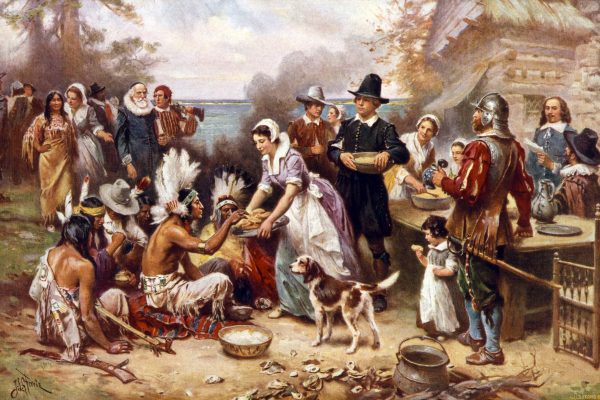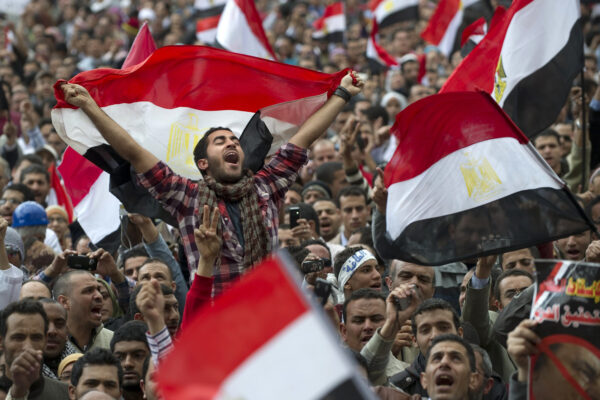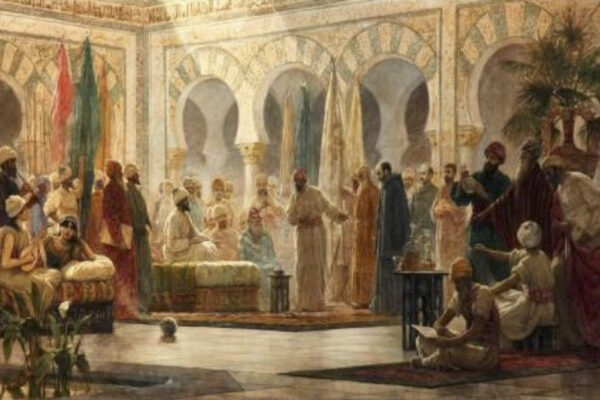Iranians officially use the term Defa-e Moqadas (sacred defense) to refer to the war, and the government officially recognizes those killed as “martyrs”. This infuses religious sentiments into the war.
Seeking Light in the Empire of Memory: War Commemorations on Iran’s Rahiyan-e Nur
Iranians officially use the term Defa-e Moqadas (sacred defense) to refer to the war, and the government officially recognizes those killed as “martyrs”. This infuses religious sentiments into the war.
This article was originally written for Ajam Media Collective by author Younes Saramifar. You can find the original article here.
Thirty years after the end of the Iran-Iraq War, the tanks have fallen silent, rifles gone cold, and the governments of Iran and Iraq have become friendly neighbors. But the war stories, the tears of families, and the generation that lost their sons and fathers remain alive.
Every spring, thousands of Iranians journey to the former front lines in Iran’s southern provinces to commemorate fallen combatants. These places have become memorial sites. They are ‘destinations’ loaded with memories, political ideas, and religious meanings.
Most Iranians who join these tours, held during the Iranian Nowruz season (February/March), insist that they are not here to commemorate; they tell me they are pilgrims seeking the divine light of the nation’s martyrs. Between 2015 to 2018, I journeyed along with these pilgrims on a few occasions to learn how commemoration becomes pilgrimage.
The seven-day tours are called Rahiyan-e Nur (“Seekers of Light”). They are administered by a governmental body called Sazman-e Rahiyan-e Nur which assigns tour organization to local mosques, municipalities, Islamic cultural centres, NGOs, labour unions, and other parastatal organizations. Visitors pour in from the furthest corners of Iran. Almost everyone I spoke to during the tour hailed from a religious background and expressed strong commitments to the values of the Islamic Republic.
As part of the memorialization of the war, the Iranian government has erected monuments resembling the Shia holy shrines. They are designed with golden domes like the shrines of Imam Ali and Imam Hossein in Iraq, as well as the Dome of the Rock in Jerusalem, and they are decorated with blue tiles similar to mosques across Iran. They commemorate the lives lost during the eight years of war between Iraq and Iran, which began after Saddam Hussein abrogated a border treaty with Iran and – hoping to take advantage of the chaos that followed Iran’s 1979 Revolution – invaded the country’s southern and western borders.
Following the invasion, Iran’s new supreme leader Ayatollah Khomeini issued a call to arms and hundreds of thousands of able-bodied young men volunteered to fight. But Iraq’s military was backed by Western powers, and the result was a bloodbath. Thousands of civilians died as a result of the Iraqi invasion, during which chemical weapons were deployed, as well as the air bombardment of Iranian cities. When Khomeini at last accepted a cease-fire treaty in 1988, more than six hundred thousand fatalities had been suffered by both sides.
Iranians officially use the term Defa-e Moqadas (sacred defense) to refer to the war, and the government officially recognizes those killed as “martyrs”. This infuses religious sentiments into the war. Visitors treat the martyrs similar to how the Shia tradition treats holy religious icons, beginning with Imam Ali, who are said to have died standing against tyrants. In Shia Islam, there is a long tradition of commemorating the martyrdom of Imams and religious leaders killed by the Caliphs of the Umayyad dynasty in what is remembered as a long line of injustice against the family of the Prophet.
The rhetoric of “sacred defense” turns the former combat zones into sacred lands. Whenever I asked why they call themselves pilgrims and not just tourists, visitors frequently mentioned seeking divine light and salvation.
These tours were not always considered a form of pilgrimage, however. They began when veterans organized tours to the liberated combat zones in the final years of the war. The veterans who acted as local recruiters across Iran and encouraged able-bodied young men to enlist for the Revolutionary Guard organized tours from 1986 onward for the families of martyrs. They wanted to explain where their children, fathers, and husbands had fallen.
It was only far later in the early 2000s that these tours were institutionalized by the government. This can be seen as a response on the part of Iranian political conservatives to the more liberal policy of Mohammad Khatami, Iran’s fifth president. Under the leadership of Khamenei, the current supreme leader, conservatives recognized the potential of the discourse of martyrdom.
This was especially important given that, a decade after the war’s end, a new generation had come of age that was too young to have witnessed or felt the difficulties of the war years themselves. Thus, they orchestrated an empire of memory which could convey and prescribe revolutionary values and political Islam to the postwar generations via emotions and sensations. Institutionalizing Rahiyan-e Nur became one of these projects. The Ministry of Culture and Islamic Guidance and the Ministry of Internal Affairs in collaboration with the Revolutionary Guard (Sepah) constructed the memorial sites and subsidized the tours’ cost.
The memorial sites radiate a religiosity that overrides lingering memories of war and human suffering. They are designed to speak of martyrdom and not pain; their design and architecture encourage visitors to recall the attaining grace and not the cries of war, blood, and loss. At the centre of each memorial site, there is a building with a golden dome at its top resembling a Shia shrine. A beautifully crafted chamber is placed under the dome hosting the graves of a few “unknown martyrs,” their remains discovered nearby but as of yet unidentified.
Haj Ahmadian, a war veteran who guides caravans and narrates his war memories, explained with a nostalgic smile: “These sites are not museums, but you find lost pieces of heaven here. Here, people pay homage and they become pilgrims. Our commemoration is not mere remembrance but rather pilgrimage”.
Most visitors believe that they have come for Ziyarat (pilgrimage) because they believe blessing can be attained from martyrs. Not because they are actually ‘lost pieces of heaven’ but because they facilitate purification and absolution for the believers. This belief is largely rooted in Shia belief which suggests those who offer and sacrifice their lives in the path of God will arrive at salvation like the holy chosen ones.
The visitors become humble pilgrims by stepping bare feet over the rough soil. They avoid disrespecting the land that is blessed with the blood of martyrs. They pray in every corner and ask the martyrs to intercede on their behalf on the day of judgment.
As we toured the memorial sites, I spoke with a university student in his mid-twenties who seemed at unease with the heat of Khuzestan’s late spring weather, like myself. He had travelled from Tabriz, a cold city in the most northern province down to the most southern province because he believed in the pilgrimage. He looked deeply in my eyes and smiled when I asked why he stepped with bare feet over the gravel under Khuzestan’s blazing sun. He said in a poetic tone, “Have you heard about when Moses was called by the Almighty? He was told, ‘Remove your sandals because you are entering the sacred land.’ I do the same because every corner of this land has sensed and felt the blood of great men who gave their lives in the name of Islam.”
Rahiyan-e Nur travellers visit memorial sites across Khuzestan and listen to stories told by the veteran tour leaders who fought in those areas. They walk alongside them at the memorial sites while carrying flags similar to those carried by combatants during the war. These flags are usually inscribed with the names of the prophet, Hussain, and other sacred characters within Shia tradition. Interestingly, the Iranian national flag is seldom seen in their hands.
When I asked Ahmadian about that, he shared an interesting tale. After the ceasefire, Ahmadian would often travel to Iraq to recover the bodies of fallen combatants who were left behind during the retreat or during other military confrontations. Iraqi Armed Forces refused entry to Iranian motor vehicles in Iraq if they carried the Iranian flag. So Ahmadian and his colleagues entered without Iranian flags; instead they installed flags like those carried by the visitors, inscribed with holy names.
Ahmadian passionately continued: “We had no national flag on the car, not even a sticker, but they stopped us. We objected, and they said, ‘What are these flags with the names of Hussain and Ali if they are not the flags of Iran. Iranian combatants fought us under these banners, and we don’t allow them.’”
Ahmadian was excited about the story because it revealed that those flags were equated with the national flag in the eyes of the Iraqi Armed Forces. He was proud that the very name of Iran was completely merged with the names of sacred icons of Shia faith.
The tours certainly have different meanings for different participants. For some, not everything is about religion and political ideology. Some university students who travel on the tour arrive with state-subsidised tickets and use it as an opportunity to get out of their hometowns, enjoy time with friends, and have fun while observing their sense of religiosity. As one young man told me, “It’s something fun, it’s something sacred, it’s good and, finally, it is a halal pleasure.”
The commemorative events and rituals of the ‘pilgrimage’ are administered by the Organization for Preservation of War Heritage. However, some Iranians find their own ways of commemoration and they craft their own rituals on the tours. For instance, I met a young man in the eastern provinces. He neither participated in the organized events nor stood in the circles around the storytelling veterans during the tours. He expressed his admiration for martyrs through his calligraphy skills. He sat near the shrine, facing the direction of Mecca and turned black ink into beautiful designs and letters. He did not seek the veterans’ memories but he commemorated them in a manner suited to his ideals and notions.
Some Iranians try to find their own ways to grieve over the martyrs and the past violence, without necessarily following the government line. However, at the same time, they don’t transgress the imposed value system embedded in the collective memory promoted in the memorial sites. The visitors find “halal pleasures” or artistic expressions that are not explicitly subversive but they are subtle resistance to the empire of memory constructed by the Islamic Republic in the name of martyrs.





